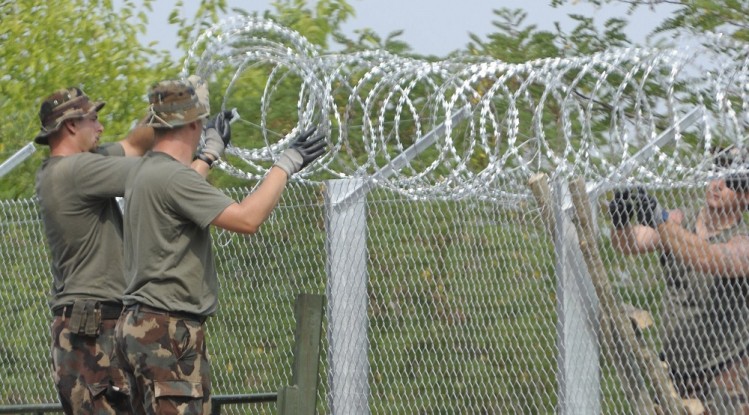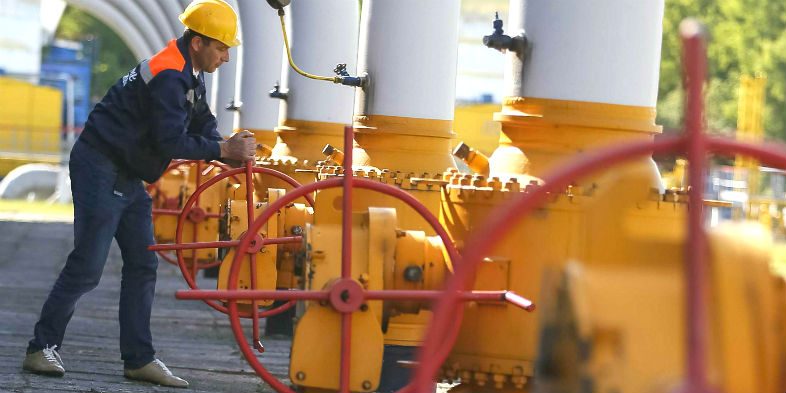Authors: Faizan Langawala & Ahmed Ali Zaidi
Those who make peaceful revolution impossible, make violent revolution inevitable.
-John F. Kennedy.
The turmoil in Middle East began when a street vendor named Tarek el-Tayeb Mohamed Bouazizi, set himself on fire in Tunisia, because the municipal officer confiscated his goods and exerted physical coercion on him. This event generated a violent movement in the country resulting in huge mass protests against the Ben Ali’s government, and was forced to resign. This was not the end rather it was the beginning. The movement gave strength to different small movements in Arab Spring, the next country was Libya where Prime Minister Muammer Gaddafi’s regime was seriously challenged by militant revolutionaries/rebels, which ended up with a brutal murder of the Prime minister.

The whole Middle East saw destruction as movements started in Egypt against Husni Mubarak, in Syria against Bashar Al Assad, in Iraq against Noori Al Maliki and in Saudi Arabia against the monarchy. The most devastating movement that jolted the world was the Syrian uprising, where the state lost the writ for almost 70% of its territory. The civilian atrocities have been committed by the Syrian Government, Rebels and the ISIL which claimed the Islamic state within the Syria and large swathes of Iraq. The continuity of the war created a miserable humanitarian crisis for the citizens that forced them to leave their homeland and search for asylum.
The migrants through any means left Syria, most of them walked over, others used the water routes, seeking asylum in European nations. In the beginning the EU whole heartily accepted the refugee influx from the war-torn countries, distributing them within the Schengen states. With the passing time, the number of refugees increased and the situation got worsened, when Africans also tried to enter European countries impostering as Syrian migrants. EU then changed its policy towards the refugees to restrain them from entering the region, as a great economic and security threat was sneaking their borders.
This crisis initiated a debate among the EU stakeholders to reassess their boarder policies as some member countries are planning to seal their border with fences. The concerns of European countries are valid as the accommodation of migrants is consuming the economic resources of the union. The migrants also pose security threat to member countries as there is no mechanism to filter out the criminal element from them.
Recent terrorist attack in the heart of France (Paris Shootings) have urged the leaders around the world to meet up at the single table of UN and pursue other democratic nations to solve this issue. Frontline nations of EU are receiving thousands of travelers including old-age, women, children from the war-torn areas, who are searching for shelter and peace. Greece, Italy, France, Croatia are welcoming thousands of Refugees on their shores every morning. These refugees then travel to the other countries via land routes, searching for the country who can accept them. Chancellor of Germany Angela Merkel have welcomed over million refugees on their land but the leftist opposition in the parliament heavily criticized by rationale of burdening economy and the growing security instability which further flares up with the new year Cologne sex assault incidents. Long debates are the daily routine of this hot topic in the EU parliament where the leaders are coping up with the complexity of the EU asylum seeking policies.

In the early days of 2011 when the crisis started, Greece was the first country to erect an 8-mile fence wall to stop illegal immigrants. As the problem intensified in earlier 2015, Hungary took a stern action to stop migrants from the Serbian border, as the Hungary stands first on the list of maximum refugee influx. Hungary Interior Minister announced that heavy duty fabric liner and wire mesh containers filled with gravel, soil and sand will be installed on its border extending to Romania as to divert the migrating route towards Romania. Mid October saw the fencing of border between Croatia and Hungary. Estonia also announced to complete its 70-mile border with Chain link fence as to protect its border from Russia, to ease the tension arises with the annexation of Crimean peninsula. Macedonia also took part in the race by fencing its borders. EU nations are in a row to practice this process for the purpose of safety of their citizens, ultimately hurting the concept of freedom of movement which is the dream of European Union. Policy makers are positive that in coming years Europe will see barbed-wire or electric fences, combined with ditches and buffer zones running along the borders of member states.
Statistical data shows that when US sealed its border with Mexico in 2009, the expenditure for fencing per mile estimates $ 3.9 million on average. This data reflects that EU members have to bear a billion euro figure, whoever is thinking of protecting his borders from illegal migration. Demand of Chain link Fence, Barbed wire, Gabion box and other wire mesh products have raised pertaining to the situation. Local European producers are unable to meet this high demand, so the governments are considering for the import of border security supplies from China. They have considered two characteristics, supplies must be within reasonable prices and accordingly with EU standards.
- NEW IRON CURTAINS is the future of Europe -
Want to buy Iron Curtains or Chain Link Fences
Want to sell Iron Curtains or Fences?
Join TradeKey Now!







